When the Holy Roman Emperor Henry II died 1000 years ago, on July 13, 1024, he left behind a rich legacy of books.


When the Holy Roman Emperor Henry II died 1000 years ago, on July 13, 1024, he left behind a rich legacy of books.

Two new books explore in detail the precious and unique imperial garments preserved in Bamberg Cathedral's treasury
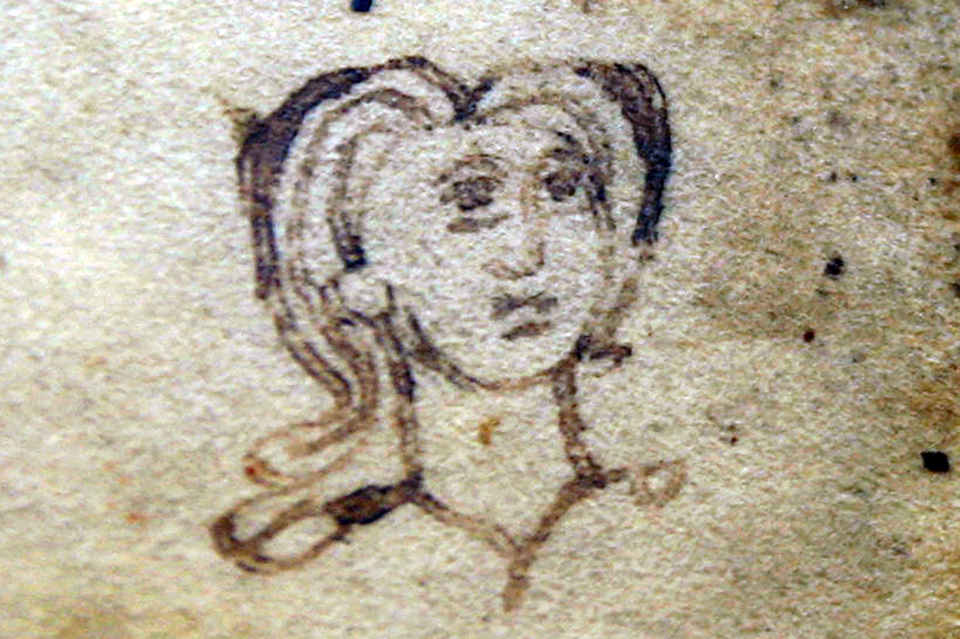
Millstatt was founded c 800 by the Duke of Carinthia, who built the first church after he allegedly destroyed one thousand pagan statues by throwing them into the lake. A later Abbey housed a significant collection of texts in high medieval German literature
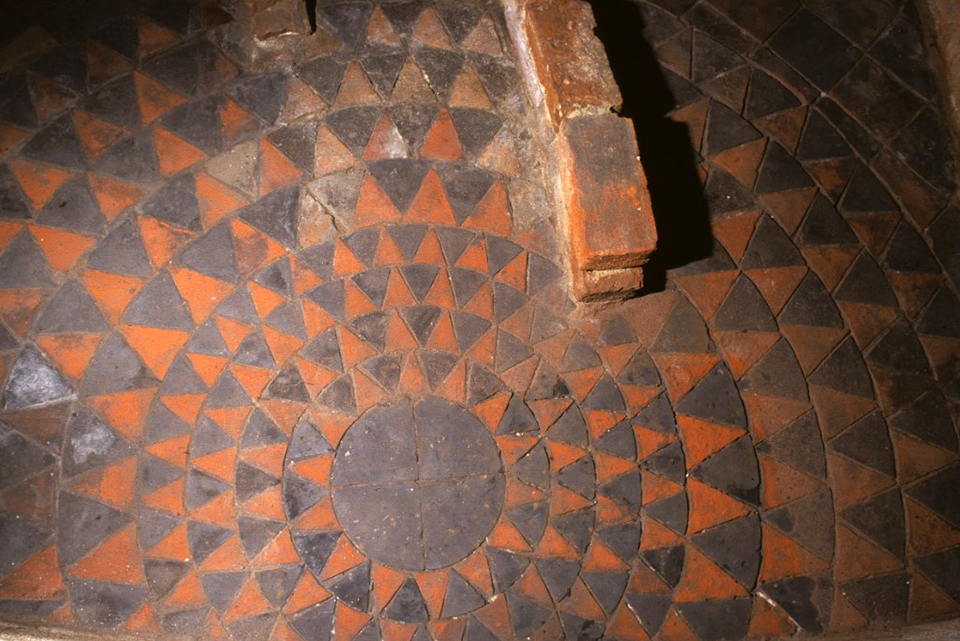
How did knowledge, ideas and building materials spread inside Medieval Europe in a world with both traditional geographies and shifting fashions?
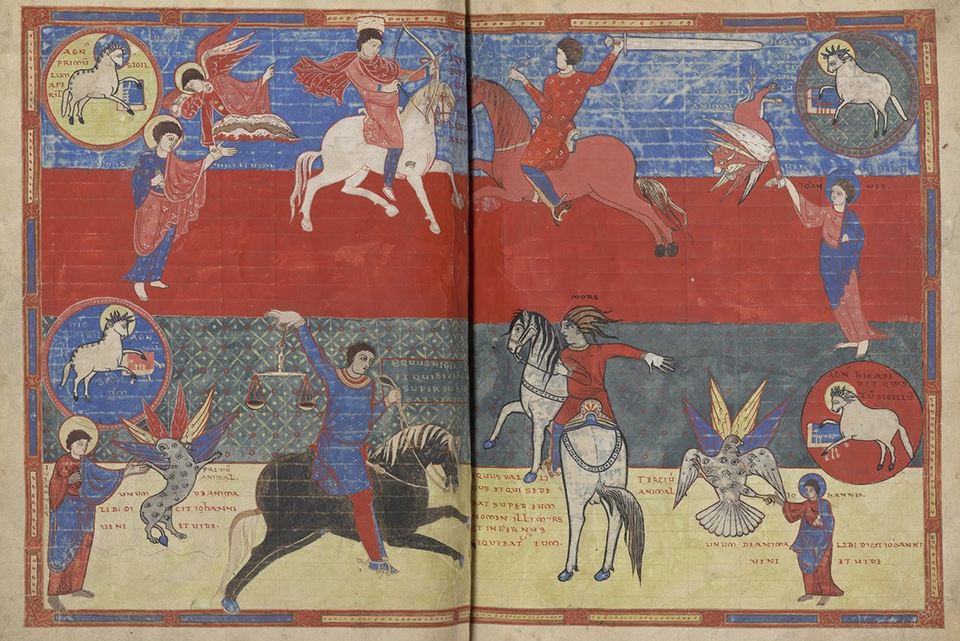
… the obstacles that made me fail did not come from men; they all came from the elements. In the south, the sea has been my undoing; in the north, the burning of Moscow and the cold of winter. Thus water, air, and fire, all of Nature, nothing but Nature-these have been the enemies of a universal regeneration which Nature herself demanded!
Napoleon Bonaparte, in exile on St. Helena, 1816 (Quoted by Charles Travis)
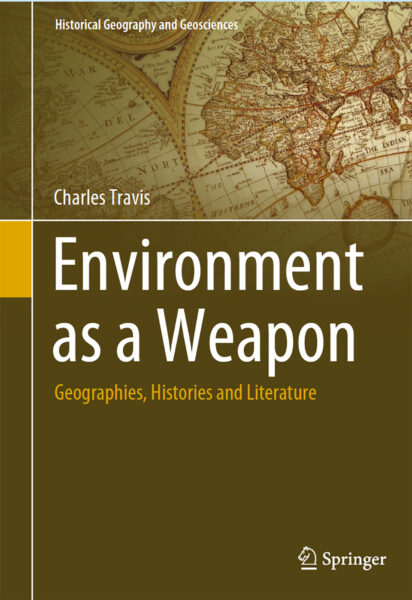 Environment as a Weapon
Environment as a Weapon
By Charles Travis
Springer Verlag 2024
The book “Environment as a Weapon” considers how the confluence of war and nature from the time of the Agricultural Revolution (10,000 BCE) to our present day has been represented in works of history, geography, and literature. In the Epic of Gilgamesh, the Torah, Greco-Roman myths, and the New Testament, warfare is a trope commensurate with environmental disasters, extreme climate, and plague.
One of the more pregnant vignettes of this may be found in the motiv of the Four Apocalyptic Horsemen. However, other stories sets the scene for similar horrors. To name but a few, the Táin and Beowulf environments become allies and enemies in the Middle Ages. Somewhat later, the equestrian steppe is considered as the foundation of Genghis Khan’s Pax Mongolica, and is chronicled in The Secret History of the Mongols and The Travels of Marco Polo. The West African Griot legend of Sundiata and the Little Ice Age wreck of the Spanish Armada in 1588 speak to oceanic and atmospheric dimensions of warfare. Further up in history, the motiv become even more pronounced. Thus, during the American Revolution political pamphlets, poetry, diaries and weather logs reflect the severe weather and terrain deployed by George Washington’s early campaigns in the War of Independence. Napoleon’s midwifing of Total War is captured in Mary Shelley’s Frankenstein, Leo Tolstoy’s War and Peace, and Charles Minard’s carto-graph, Carte Figurative of the disastrous 1812 French invasion of Russia. The U.S. Civil War and the industrial-organic assemblages of its battles, arguably the first Anthropocene War, are parsed by the clarifying poetry of Emily Dickinson. Geopolitik and geo-hazards of flood and fire feature in the Global War works of Samuel Beckett, Kurt Vonnegut, and James Dickey. The literature of Vietnamese and American war combat veterans reveals how North Vietnam’s Environmental Military Complex stalled the American Military Industrial Complex in the jungles, and R&R districts of southwestern Asia. Finally, the sci-fi of H.G. Wells’ World Set Free and David Mitchell’s Cloud-Atlas frame Oppenheimer’s sub-atomic deployments at Hiroshima and Nagasaki, James Lovelock’s “Gaia,” and U.S. military discourses situating global warming as a national security threat to America.
Indeed, Environment as a Weapon ironically resonates with U.N. Secretary General António Guterres proclamation that “Seventy-five years ago, when the world emerged from a series of cataclysmic events: two successive world wars, genocide, a devastating influenza pandemic, our founders gathered in San Francisco promising to save succeeding generations from the scourge of war.” And yet, there we are once again, witnessing the environmental horrors which followed in the wake of the destruction of the Kakhovske Dam.
Thus, a holistic approach to studying and mitigating the human and environmental impacts of warfare would benefit from integrating approaches in the arts, humanities, and sciences, to better understand how the historical geographies of the Earth’s planetary systems have been perceived and deployed. Seemingly in the twenty-first century, these systems have emerged as agents of warfare, with the lithosphere, hydrosphere, cryosphere, biosphere, and atmosphere transforming into the Earth’s arsenals to combat anthropogenic climate change. Geographers, historians, and scholars in environmental studies, climate change, literature, and military studies, as well as the broader environmental humanities will find this book of interest as humanity grapples with the wicked and existential question of global warming. Medieval historians of warfare may enjoy the geographer battling with Beowulf and the Táin Bó Cúailnge.
Charles Bartlett Travis IV, Professor at University of Texas-Arlington, Arlington, USA
Four horsemen in the Apocalypse of St Sever Beatus from the 11th century. Source: Bnf/wikipedia/open domain
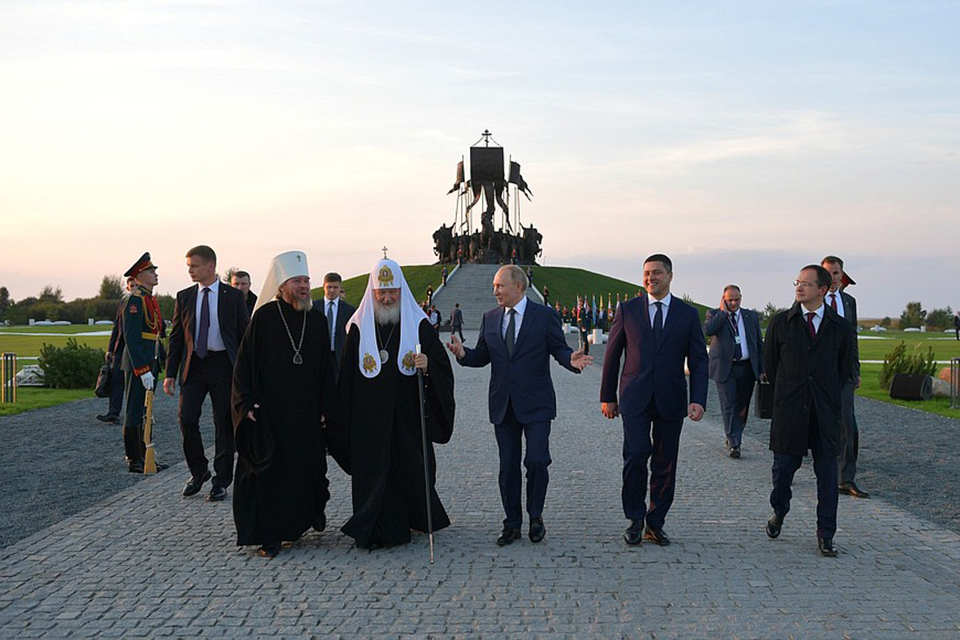
How does Putin get his people to accept a megalomanic dream and a senseless war? By referring to a glorious medieval past, it appears.
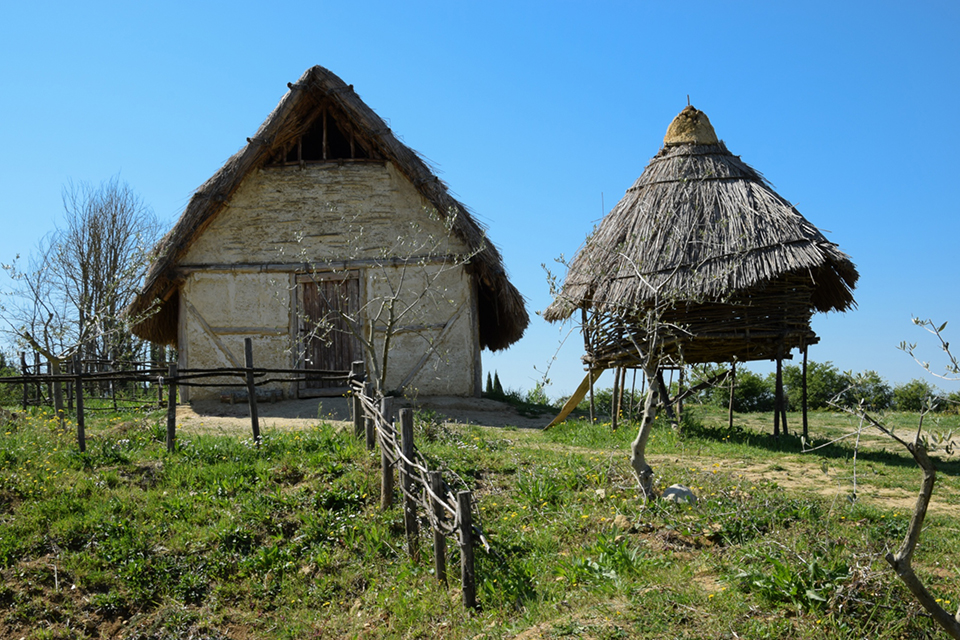
The European Countryside during the Migration Period
Ed by Irene Bavuso and Angelo Castrorao Barba
De Gruyter 2023
The volume derives from a conference held at the University of Tübingen in 2029, called “Patterns of Change. The European Countryside during the Migration Period (300-700 CE)” as part of the work carried out by the DFG-Kolleg-Forschungsgruppe 2496: “Migration und Mobilität in Spätantike und Frühmittelalter”.
The geographical coverage of the volume ranges from Britain and the Atlantic Coast to Spain and across Europe to the Caucasus between 300 and 700 CE.
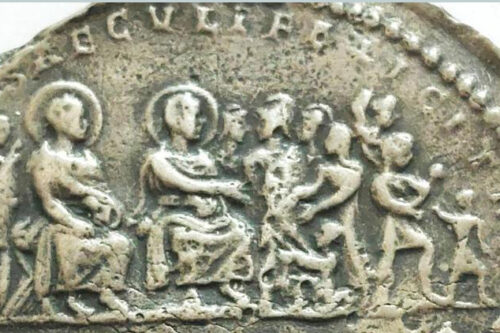
The opening chapter concerns the question of the accommodation of the Barbarians and confronts Goffart’s hypothesis from the 1980s, claiming that the Roman administration did not allocate the Barbarians’ land but rather allotments of farmed-out taxes. Once and for all, Ralph Mathiesen lays this old canard to rest, demonstrating the amount of “agri deserti” available to distribute. Essential are his calculations of the available land in Gaul, where the Goths settled, forging one of the first viable successor kingdoms in the first half of the 5th century. He notes the size of a typical barbarian lot of land, approximately 6,3 ha. A reasonable number of Goths would be 10.000, craving 63.000 ha or 630 km2. With Aquitaine covering more than 40.000 km2 and an estimated 7-10% of “agri deserti” in other Roman departments, a measly 630 km2 would not represent a challenge. Not even if the allotments had to be doubled up to furnish decent farmsteads for families to survive, the Roman administration would run dry.
Next up is a chapter analysing the statistics concerning the evolution of the post-villa landscape by Angelo Castrorao Barba concerning reoccupations, reuses, and reorganisations of the Roman villae in Italy. According to this study, the villa disappeared as a typical setting for the Roman economy and landscape between the late 5th and 6th centuries (ca 500 CE). Angelo Castroao Barba parallels this study in the valley of Duoro, while Philipp Heidegger reaches the same conclusion for Southern Germany and Tivadar Vida for Pannonia. The latter also demonstrates the dissolution of vici, demonstrating an apparent discontinuity. In the Caucasus, Dmitry Korobov outlines the contemporary formation of small fortified sites and tribal kingdoms consisting of 3-400 families.
A third group of papers focus on whether grave goods are indicative of ethnic or social status, questioning the governing standpoint that social status is at the forefront, while ethnic identification may not be deduced, even to specific items such as, for instance, the form of fibulae. Michel Kazanski and Anna Mastykova nonetheless propose that while men’s ornaments might primarily indicate status, female costumes were built around heirlooms, which were seldom traded as commodities. Thus, female burials are considered starting points for exploring social relations within both rural and urban contexts in the 6th century Crimea.
Following these reflections, a group of papers discuss the discrepancy between the sparse written evidence of the period and the archaeological contributions concerning the different social and economic reorganisations following in the footsteps of the migratory movements. With the availability of a new crop of studies analysing aDNA, we now know that the migration to Britain played out in several ways, depending on the character of the migratory movements – whether military, subsistence-driven or undertaken for “the betterment of life prospects”. Acknowledging the vast movements of people, these papers focus on the study of mobilities from a variety of perspectives.
Of particular interest is the study by Nicholas Schroeder concerning the mountainous landscapes of the Vosges and Jura with the different mental perceptions of the wilderness as either a resource or a spiritual and inaccessible desert. Opening up to a new framework for understanding the countryside in the Early Middle Ages, this evolves around investigations focusing on human-environment-ecology. Finally, this leads to a similar study of the Merovingian Northern Francia by Irene Bavuso between the 5th and the 8th centuries. As a vibrant borderland, the region was early on characterised by an elite engaged in trade and exchange transgressing the local region (as witnessed by the material culture excavated at central places at Uppåkra, Uppsala, Tissø, Lejre and elsewhere in Scandinavia).
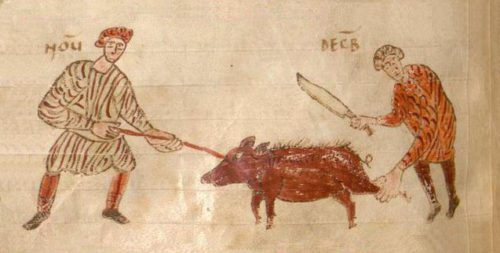
Throughout the papers, the decisive role of the climate and the Justinian plague is debated. While the role of climate in the form of the Late Antique Little Ice Age (LALIA) is now less disputed than ten years ago, the impact of the Justinian Plague outside Byzantium is currently hotly contested. What were the consequences of the Bubonic plague, in view of the events in the 14th century, when more than 40% died in 1348-51, and social inequality grew as a function of the economic upheavals at that time? Thus, Pilar Diarte-Blasco argues “that the decrease in temperature and the increase in soil aridity influenced changes in the landscape of the Iberian Peninsula, including the development of extensive agriculture, deforestation, grazing, and transhumance”. On the other hand, other localities appear to have suffered or reacted in diverse ways. In this perspective, it is a pity the volume does not consider the very vibrant research currently carried out in Merovingian Norway, where the various consequences of a marked lowering in temperature – up to 3º C – have shown a variety of shifts in settlements and use of natural resources.
Thus, as is proper in the humanities at present, the introduction ends with a reflection “celebrating” the diversity of the different situations characterising the various geographical areas and research traditions. Nevertheless, “the contributions illuminate how different territories and societies underwent common transformations and distinctive changes, opening new avenues for appreciating the vitality of these areas during the Migration Period”, the introduction concludes.
So, what were the general shifts registered in the European countryside during the Migration period? Based on this collection of articles, we may conclude that:
To what extent this development was forged in the climatic crucible of the LALIA, and furthered by the Justinian plague will need more research of the aDNA as well as sedeDNA, shedding better light on the actual timelodged transformation of the landscapes in question than palynology might come up with. One of the sites which may yield such new detailed insights might be the continued excavations in the Maremma in the valleys east of Elba. Or, alternatively, the continuing explorations of Early Medieval Poggibonsi
The book is highly recommended
Karen Schousboe
Photo from Early Medieval Open Air Museum at Poggibonsi © VisitTuscany/Claudia d’Aliasi
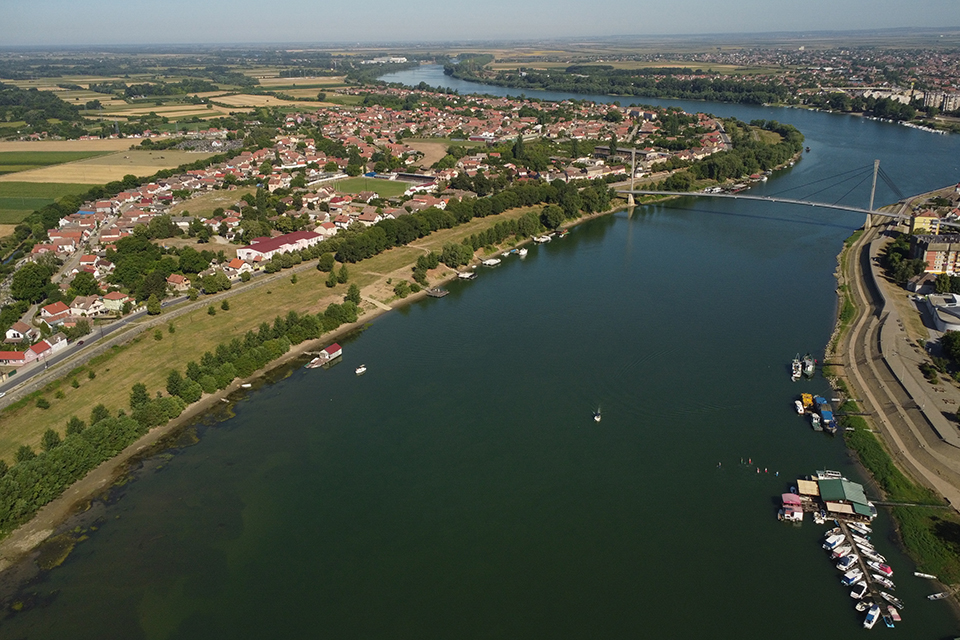
Roman Sirmium is located beneath modern day Sremska Mitrovica on the River Sava. Once a major Roman city, it was destroyed by the Avars
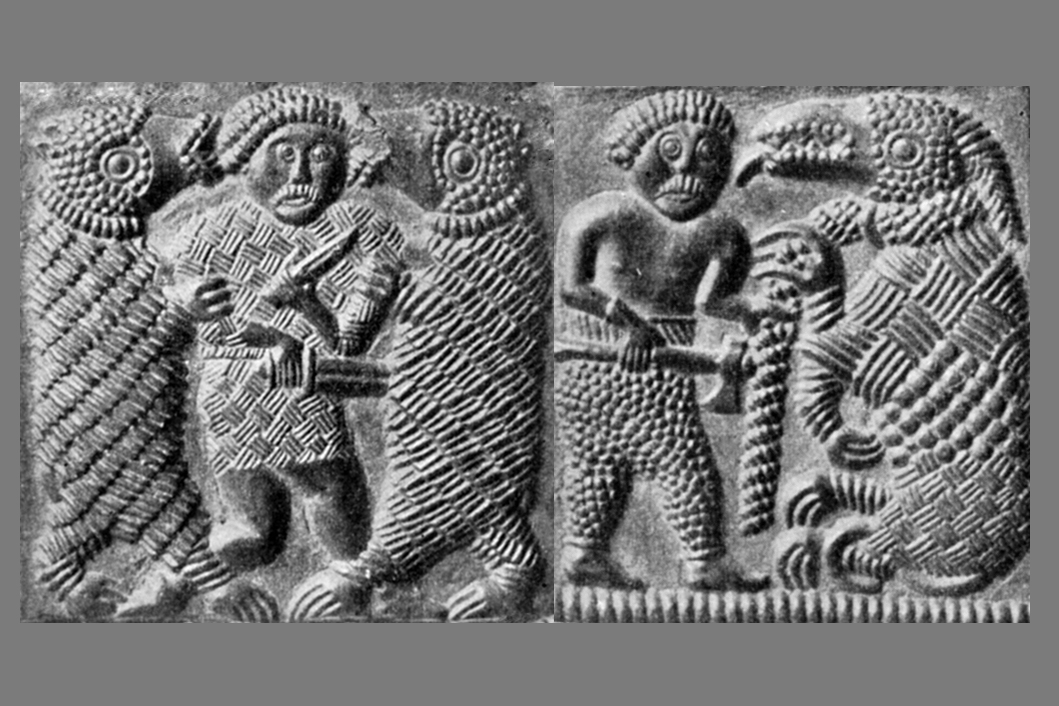
New books tell the exciting stories about the European bears and their past, present and future.
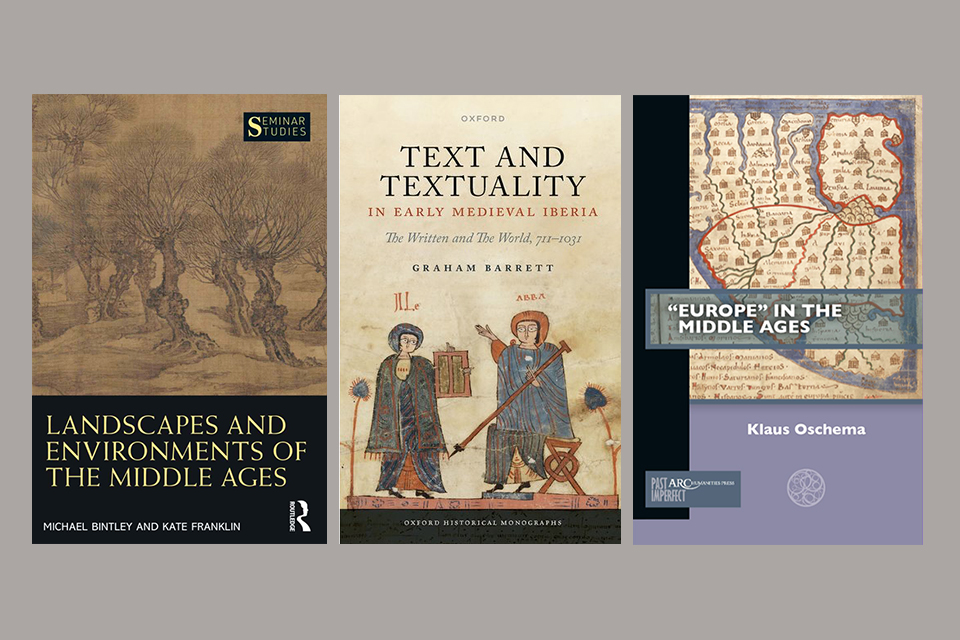
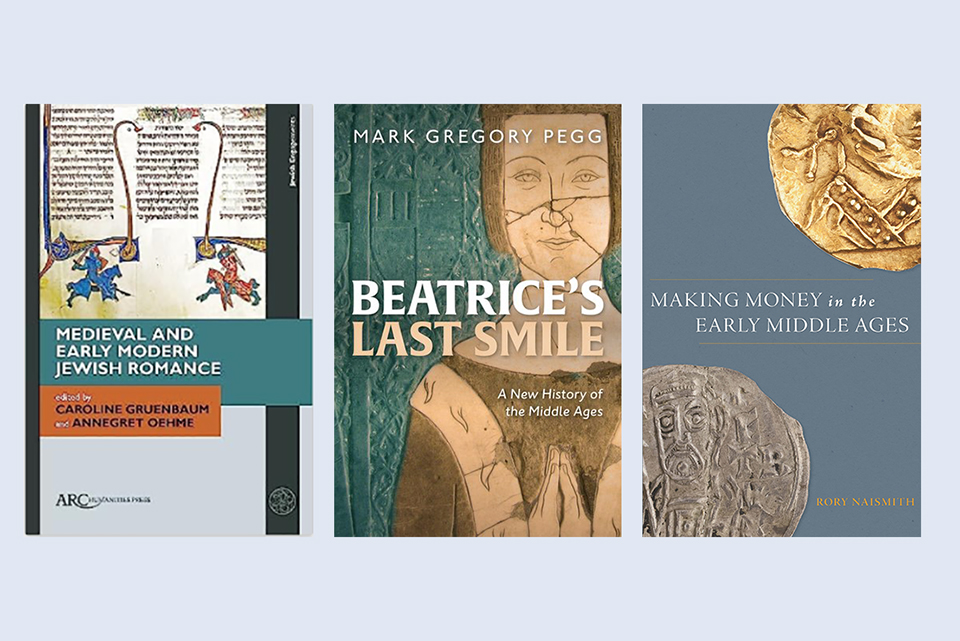
New Books out in July 2023 offers a New History of the Middle Ages, several books focusing on crusaders and an important introduction to medieval money-making
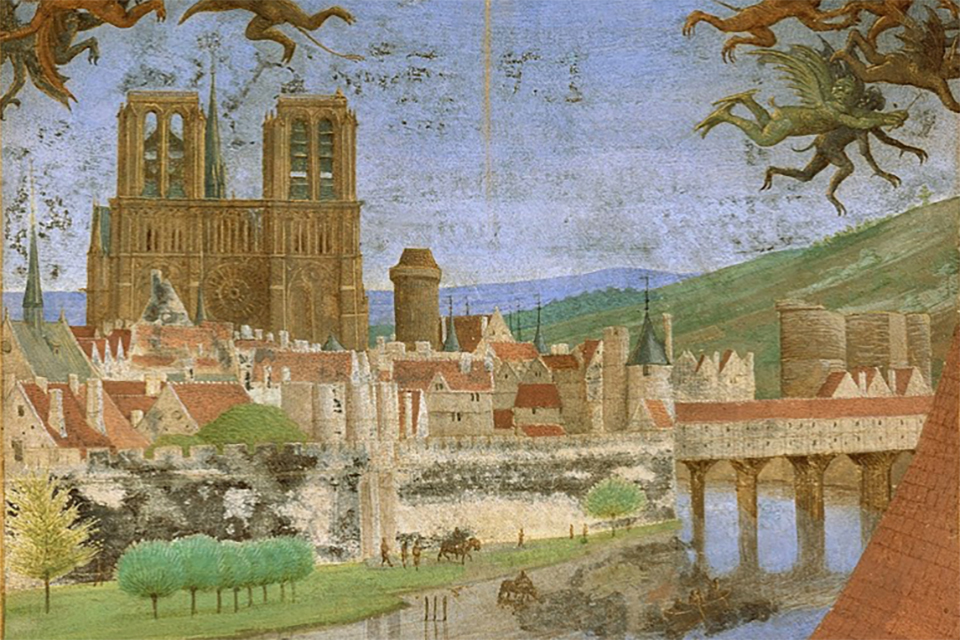
Who shaped the Medieval City of Paris? Kings, Abbots or Burghers? New Book explores these questions from multiple and different angles.
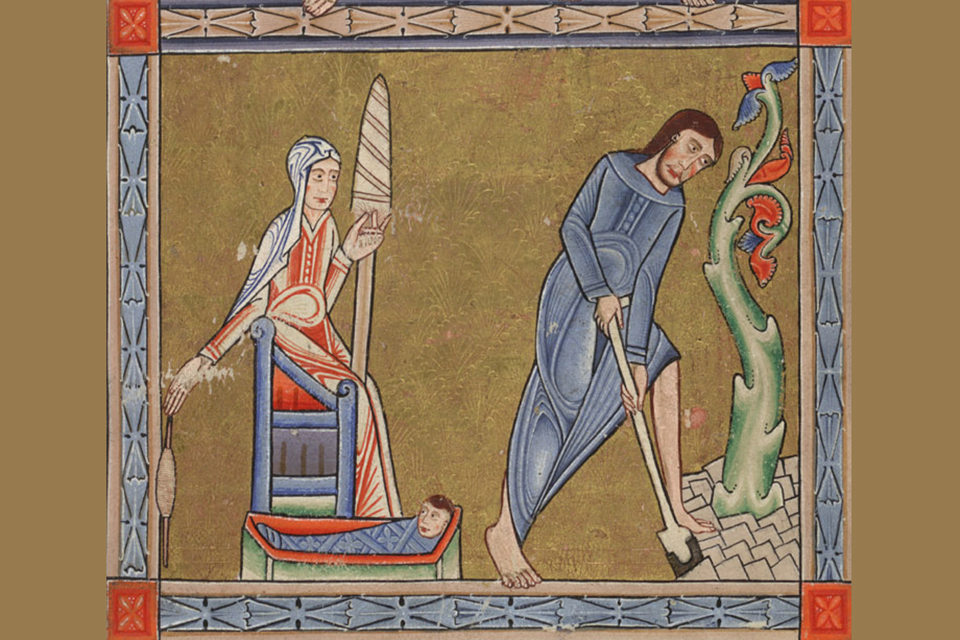
In this new book some of the foremost ‘real’ and imaginary landscapes of the Middle Ages that could be found both in the tangible world and in the pages of manuscripts are examined.
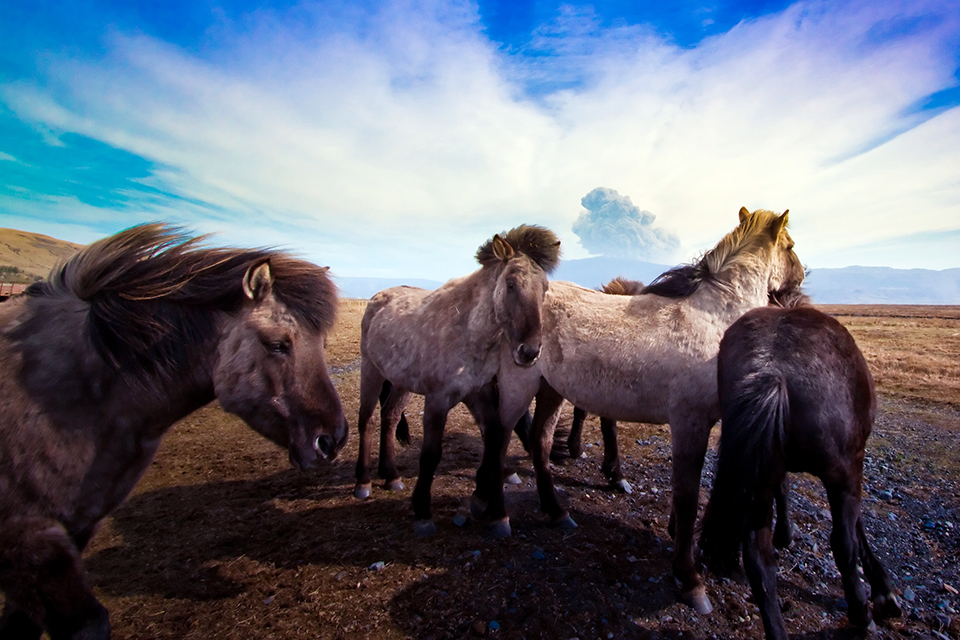
Hurdling along the abyss, humanity in the Anthropocene seems to be reaching the point of no return. A new book tells our global history from the beginning to the foreseeable collapse. The questions asked are: How did we get there? And what mistakes did we make on the way?
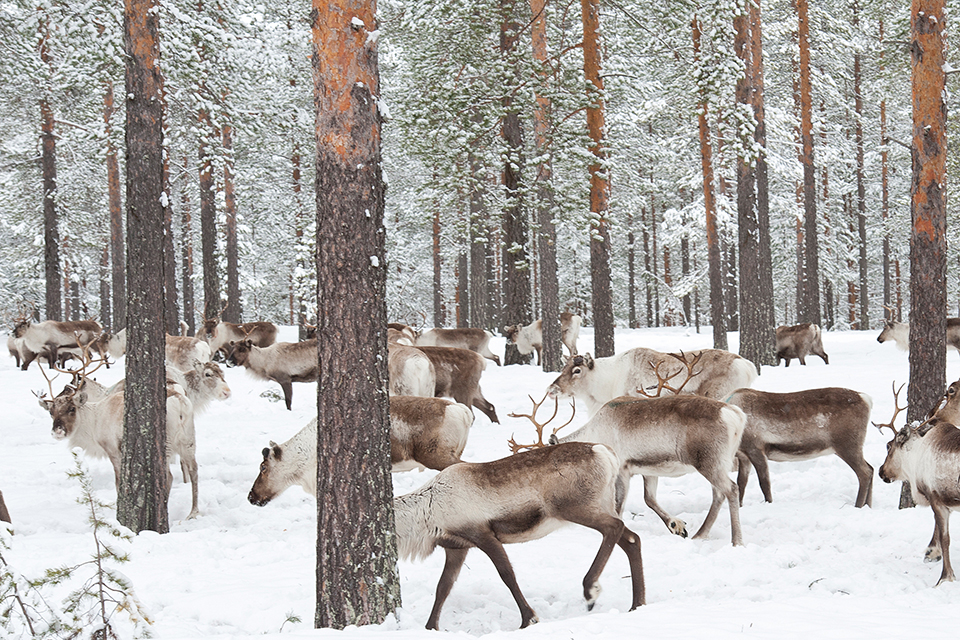
Who were the Saami? And what was the dynamic character of the relationship between the Saami and the Norse Peoples? New book aims to decolonise the perspective.
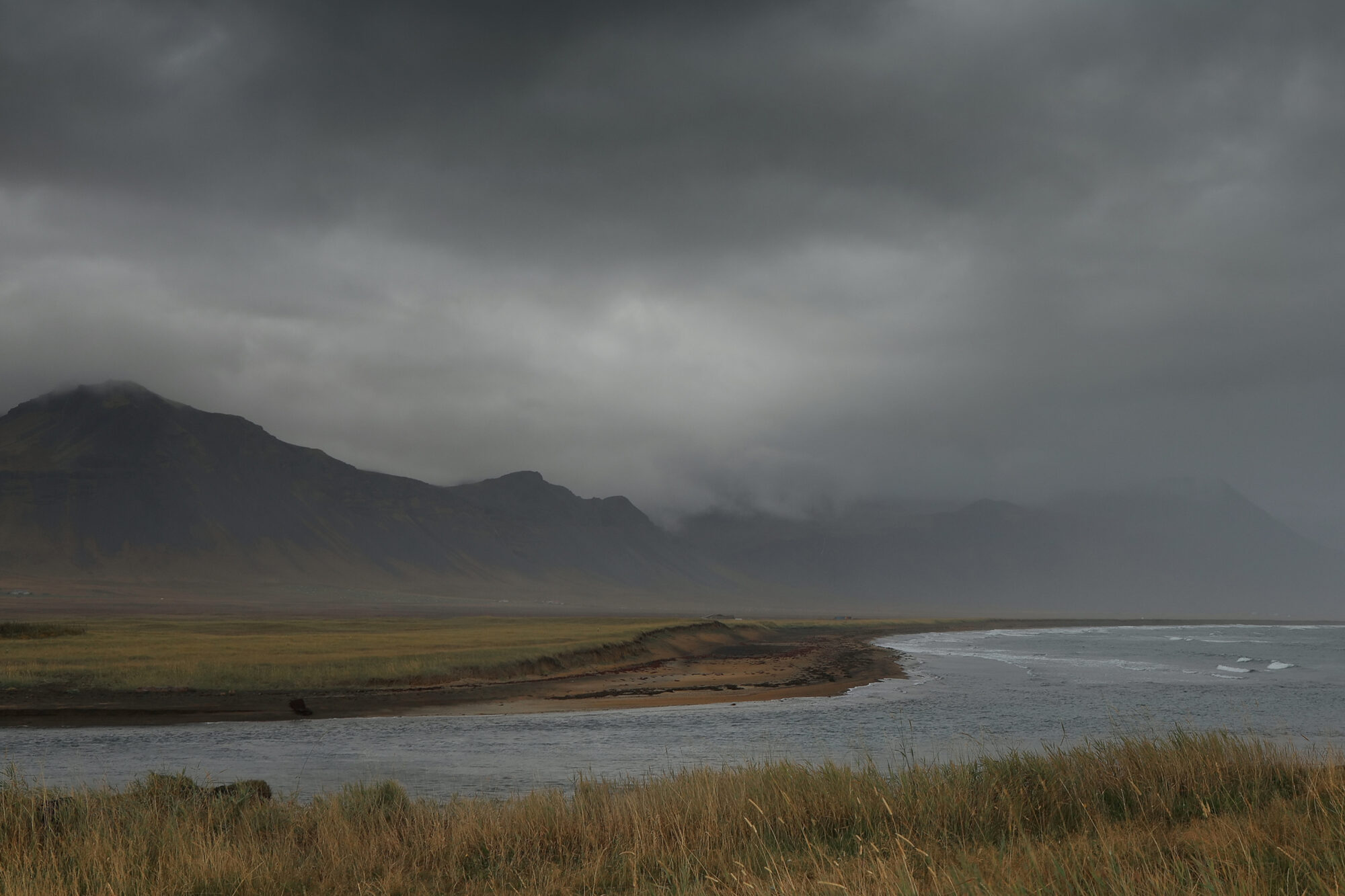
We live at a time when climate and nature feel like staging a cataclysmic revenge. In this groundbreaking book, Peter Frankopan, tells the hitherto untold story of how mankind was always in a cosmic battle most of us were doomed to lose